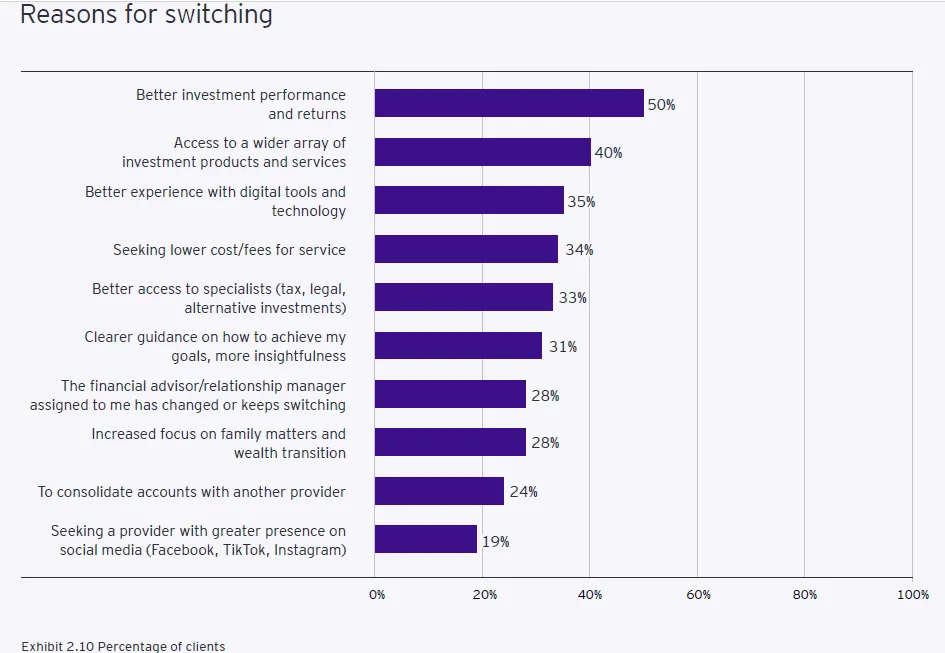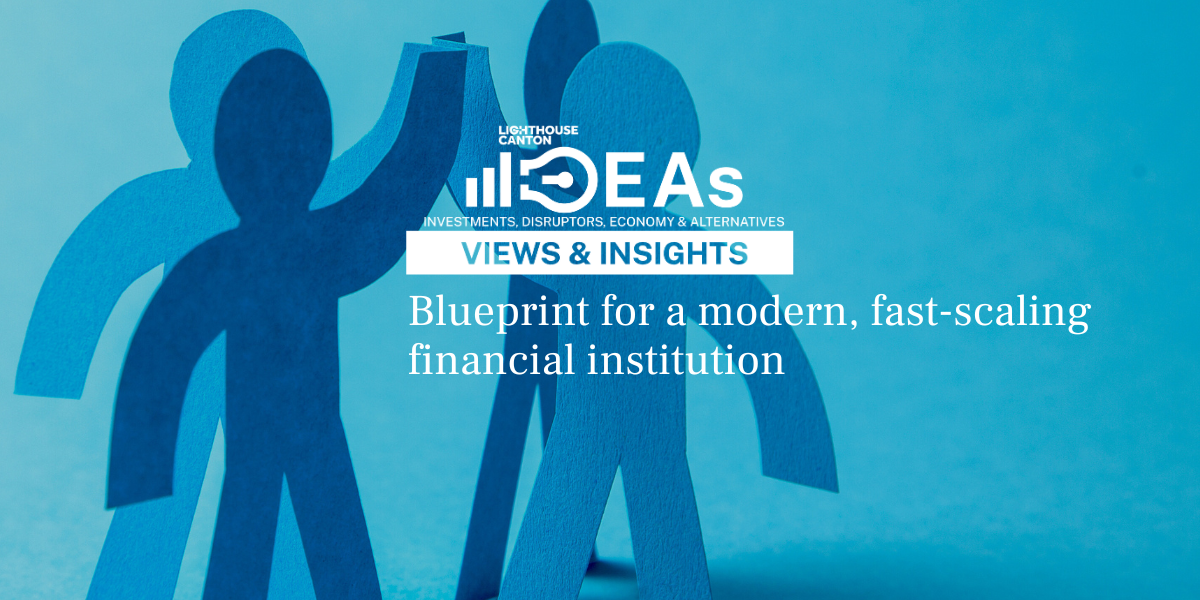The family office landscape across Asia is maturing—not just in how capital is invested, but in how families think about continuity, governance, and longevity. As newly wealthy entrepreneurs and second-generation inheritors shape their futures, three major shifts are coming into focus:
- A generational pivot in investment behaviour
- A rising willingness to reassess long-standing wealth management providers
- A growing emphasis on independence, diversification, and future-ready structures
In a conversation with LC IDEAs: Views & Insights, Charlene Lin, Managing Director for Strategic Growth (North Asia and Southeast Asia) at Lighthouse Canton, shared how these trends are reshaping conversations—not just around asset allocation, but around how families want to live, lead, and build for the long term.
Also read: Asia’s family offices shift gears as generational wealth, and portfolio strategy evolve
A REWIRING OF WEALTH
A growing segment of Asia’s ultra-wealthy is no longer satisfied with legacy-based models or passive wealth preservation strategies. They’re asking bigger questions—not just “how do we protect our wealth?” but “how do we professionalise, govern, and grow it with purpose?”
According to the EY 2025 Global Wealth Research Report, nearly one-third (29%) of clients globally plan to switch their primary wealth manager within the next three years.
In Asia-Pacific, these shifts are even more pronounced, with 36% of clients looking to switch providers. Among Millennials, the number rises to 46%, compared to just 13% of Boomers.

“Clients today are not just evaluating performance,” said Lin. “They’re rethinking who is best positioned to support them in the long term. It’s not about product anymore—it’s about independence, alignment, and the ability to engage across generations,” Lin observed when talking about these trends.
For firms like Lighthouse Canton, this shift is driving demand for advisory models that can complement and collaborate with private banks—playing to each institution’s investment strengths.
“Our advisory and investment committees are not removed from the client relationship—in fact, they work closely with families and are actively engaged in client conversations,” Lin explained. “What sets them apart is their professional objectivity and focus on long-term returns. The structure ensures that decisions are made with the right governance and expertise, not product bias or generational preference. And with a flat-fee model, our interests are fully aligned with the client’s success.”
WHAT DOES THE NEW GENERATION OF WEALTH WANT?
The definition of value in wealth management is changing. Asia’s next-generation clients are not merely inheriting assets—they’re rearchitecting how those assets are managed.
“The next generation doesn’t just want capital preservation. They want purpose, performance, and platforms that reflect how they live—digitally, globally, and with independence,” Lin noted.
This new cohort is digitally fluent, internationally mobile, and expects seamless access to opportunities across borders. They’re asking for platforms that can serve their needs across geographies—from Singapore and Hong Kong to London, Dubai, and Silicon Valley—and want wealth managers who understand multi-jurisdictional tax, reporting, and regulatory implications.
Since its inception, Singapore-headquartered Lighthouse Canton has made bold moves—expanding into Dubai, India, and the UK, developing its asset management business, and embracing technology.
At the same time, they expect digital-first experiences as a baseline. From performance dashboards and consolidated reporting to direct access to portfolio managers, today’s next-gen clients expect the same level of on-demand service they receive from consumer platforms—fast, secure, and intuitive. The shift toward digital isn’t a trend; it’s an expectation.
Beyond tech and access, they also want exposure to differentiated investments in private markets, venture capital, private credit, and impact-linked infrastructure.
Lin shared that for example, private debt in India remains an area of strong interest for clients looking to smooth returns without the volatility of public markets. Similarly, infrastructure investments across sectors like education and hospitality in the UK and ASEAN are gaining traction. But she cautioned, these strategies require education and patience.
“There’s sometimes a mismatch in terms of expectations from private investments,” Lin said. “That’s where our role becomes critical helping them understand illiquidity and long-term return structures.”
”Governance is another defining theme. Many families now maintain multi-bank portfolios with bespoke mandates and seek an independent overlay to coordinate investments, risk, and reporting.
“This is where we come in and excel,” Lin explained. “We bring fresh, independent perspectives and unwavering consistency—qualities that set us apart. When challenges arise, our clients see the strength of having a partner they can genuinely rely on.”
Lin, who works closely with both founding principals and next-gen successors, often plays a translating role. “In many cases, the principals are in their 60s, and the next generation are in their 30s. I sit in between—not just in age, but in mindset—and that creates space for understanding and real transition.”
Also read: Wealth strategies diverge sharply across Asia, Middle East, and the West
THE RISE OF SINGAPORE, FROM TRANSIT HUB TO STRATEGIC BASE
As families rethink their structures and providers, Singapore is continuing to grow as a key beneficiary—not just as a wealth hub, but as a long-term base in 2025.
“Previously, families would set up structures here and fly in and out,” said Lin. “Now, we’re seeing a deeper shift. Families are choosing to live here, educate their children here, and embed their wealth structures for the long term.”
This move is driven by rising global uncertainty—particularly in the U.S. and China—and Singapore’s strengths across financial, legal, and educational systems. “Education is a strong pull factor,” Lin said. “Many clients are rethinking overseas education due to safety and political volatility. Singapore is increasingly seen as a credible, stable alternative.”














.png)
%20(9).webp)
.webp)
